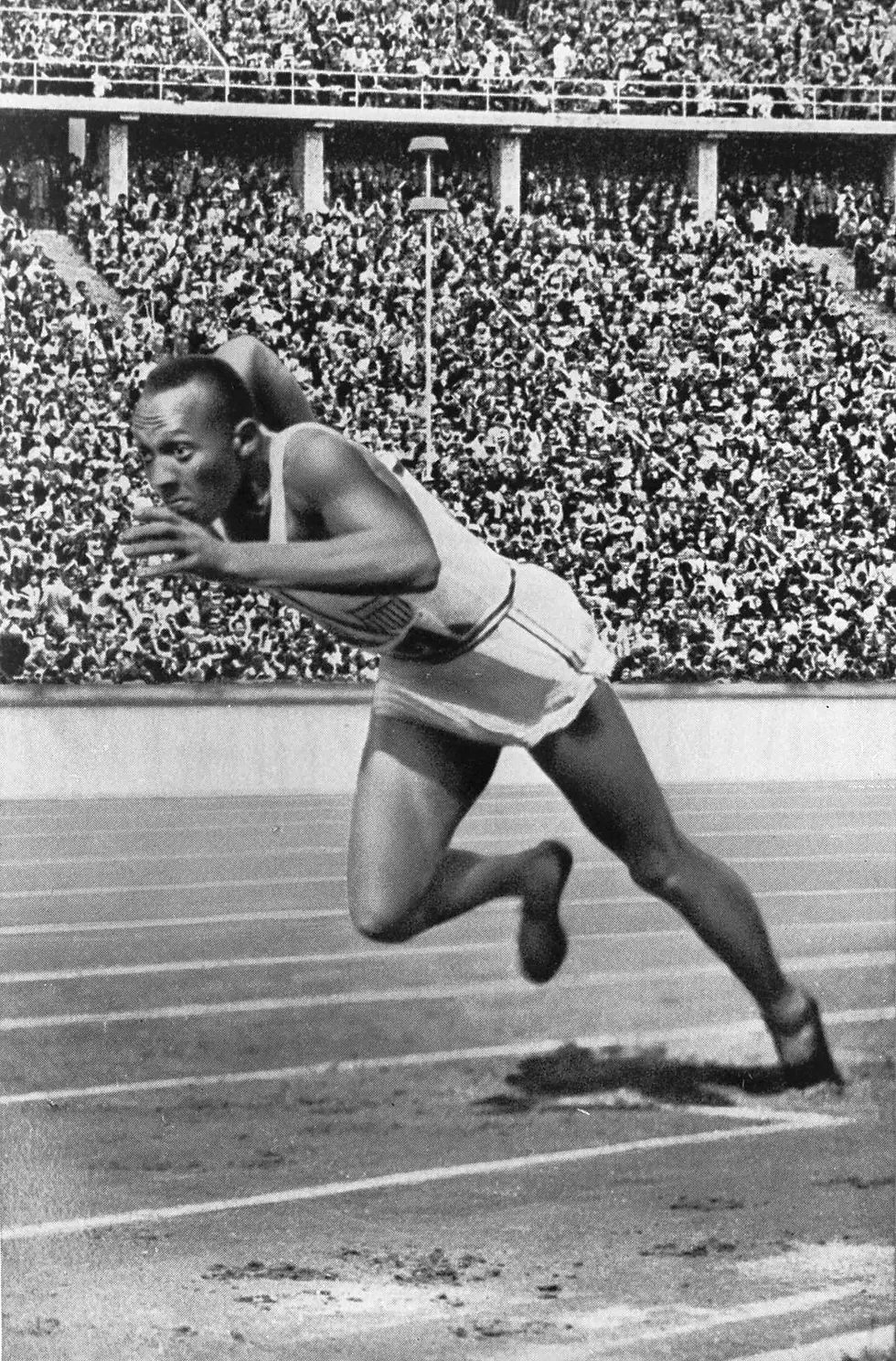Greatest Olympic Rivalries: Track, Pool, and Ice Showdowns
- insidetherings
- Oct 7
- 4 min read
“The most powerful weapon on earth is the human soul on fire.”— Ferdinand Foch
The Olympics aren’t just a collection of events. They are a stage where history breathes, heroes rise—and rivalries ignite. Across track, pool, and ice, the greatest Olympic showdowns have been about more than medals. They’ve embodied national pride, personal redemption, and the timeless pursuit of excellence.
Today, Inside the Rings dives into three of the most iconic Olympic rivalries—stories that define eras and reveal the enduring power of competition.
1. Track Titans: Carl Lewis vs. Ben Johnson (1980s)
In the high-octane world of Olympic sprinting, no rivalry burned hotter—or ended more controversially—than that of Carl Lewis and Ben Johnson.

🎙️ The Setup
Carl Lewis, the American icon, was already a household name by the time the 1988 Seoul Games arrived. With golds in the 100m, 200m, and long jump from Los Angeles 1984, Lewis carried the torch of Jesse Owens. He embodied not just athletic excellence but composure under global scrutiny.

Ben Johnson, the Jamaican-born Canadian, was the disruptor. After losing to Lewis in 1984, Johnson came back stronger, breaking the world record in the 100m in 1987. The 1988 Olympic final was billed as the "Race of the Century."
⚡ The Showdown
Johnson exploded out of the blocks in Seoul, leaving Lewis and the world stunned. His 9.79 time was a quantum leap—and a warning flag. Just days later, the unthinkable: Johnson tested positive for stanozolol, a banned steroid. His gold was stripped, and Lewis became the Olympic champion once more.
🏁 Legacy
This rivalry changed the Olympic landscape. It sparked an era of intense anti-doping efforts and raised critical questions about fairness, science, and ethics in sport. Lewis remained a symbol of grace and consistency, while Johnson’s fall became a cautionary tale.
“The Olympics can lift us, but they can also expose us.” — Olympic historian David Wallechinsky
2. Pool Duel: Michael Phelps vs. Ryan Lochte (2004–2016)

Where Lewis and Johnson clashed in a single, explosive moment, the rivalry between Michael Phelps and Ryan Lochte stretched across three Olympic Games. This was a saga of friendship, friction, and the pursuit of perfection in the water.
🌊 The Setup
Phelps was already dubbed “The Baltimore Bullet,” aiming to surpass Mark Spitz’s record. Lochte, the Florida freestyle and medley star, had the power, technique, and flair to challenge him.
In Athens 2004, Phelps began his rise. In Beijing 2008, he became a myth, winning 8 golds. But Lochte wasn’t just in his wake—he was pushing Phelps to go faster. At world championships, Lochte would occasionally beat Phelps in individual medley races, keeping the rivalry alive.
🥇 The Dynamic
Lochte may have won more world titles in certain events, but at the Olympics, Phelps remained king. London 2012 and Rio 2016 saw Phelps extend his medal count to a staggering 23 golds. Lochte ended with 6 golds, but the mutual respect was undeniable—even as personalities diverged.

“He made me better,” Phelps once said. “Without Ryan, I don’t think I’d have reached the limits I did.”
As for Lochte, of Phelps he said, “He’s not just my rival—he’s my measuring stick.”
💡 Legacy
Their rivalry gave us not just split-second thrills but a masterclass in sustained excellence. It showcased the mental and emotional resilience needed to stay at the top—and the power of healthy competition.
3. Ice Inferno: Tonya Harding vs. Nancy Kerrigan (1994)
Some Olympic rivalries capture athleticism. Others become Shakespearean drama. Few stories have gripped the world like Tonya vs. Nancy.
❄️ The Setup

Nancy Kerrigan, graceful and polished, was America’s figure skating sweetheart. Tonya Harding, a technical powerhouse, came from a hardscrabble background, bringing a triple axel and a chip on her shoulder.
What began as a contrast in styles spiraled into scandal. In 1994, just before the Lillehammer Games, Kerrigan was attacked after practice—struck in the knee with a baton. The plot, traced back to Harding’s ex-husband, shocked the sporting world.
⛸️ The Showdown
In Norway, both women competed. Kerrigan, recovering from injury, skated with poise, winning silver. Harding, dogged by media frenzy and emotional turmoil, finished eighth.

📰 Legacy
This rivalry became the most infamous in Olympic history. Beyond the tabloid frenzy, it raised difficult questions: What does the Olympic spirit mean? Can redemption follow betrayal? In the decades since, both women have tried to reclaim their narratives.
“It felt like the Olympics became the courtroom, and the ice was the witness stand,” noted sportswriter Christine Brennan.
Why Rivalries Matter
From the track in Seoul to the pool in London to the rink in Lillehammer, Olympic rivalries teach us something enduring:
That greatness often requires a worthy opponent.
That the line between victory and infamy is razor-thin.
That the Games, for all their medals, are about people—flawed, brilliant, and unforgettable.
As we look ahead to Milan-Cortina 2026 and beyond, new rivalries are brewing. In gymnastics, artistic swimming, judo, and skateboarding, young athletes are rising—not just to win, but to test themselves against the best.
Because at the Olympics, every four years, the world tunes in not just to see who wins—but who dares to challenge the throne.




Comments